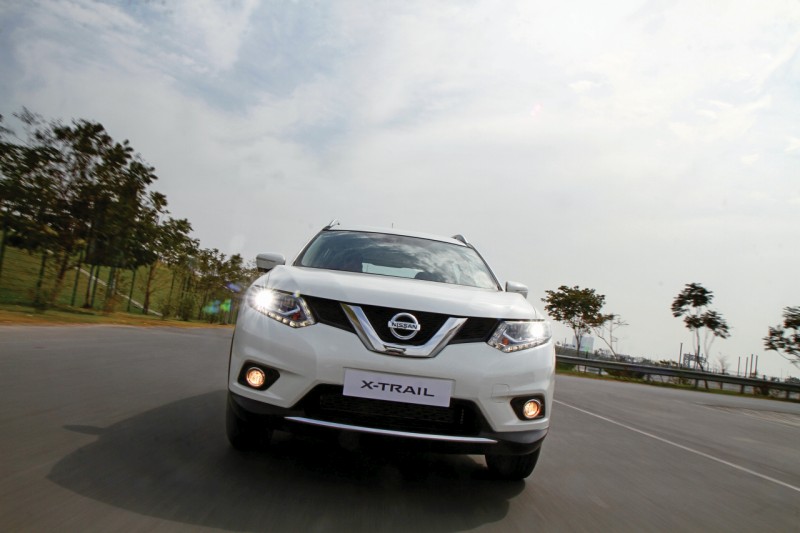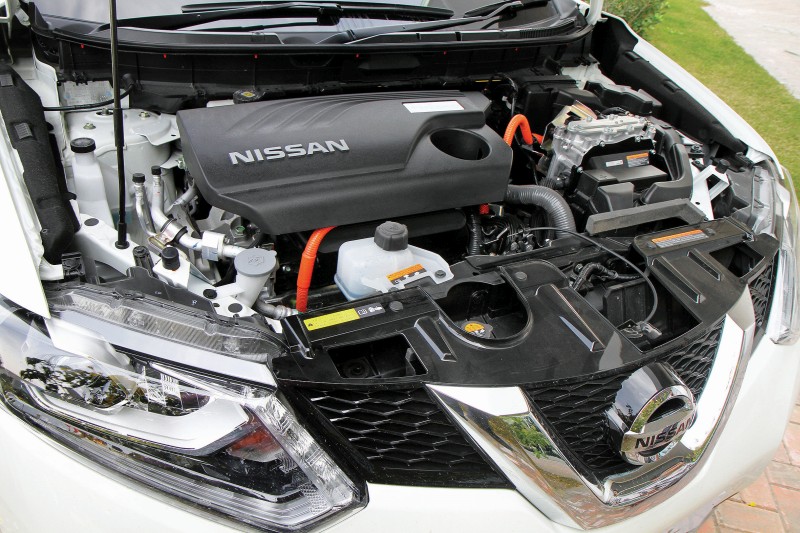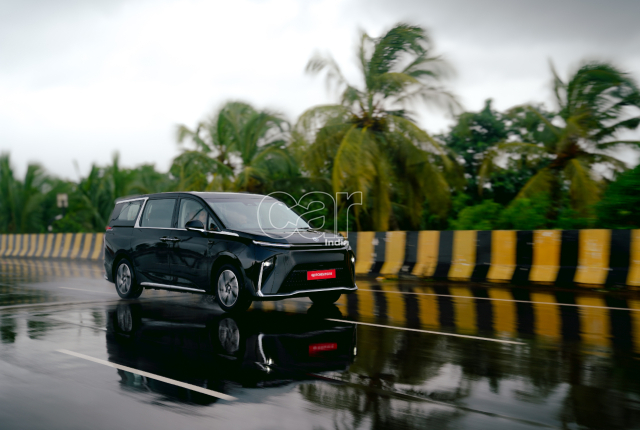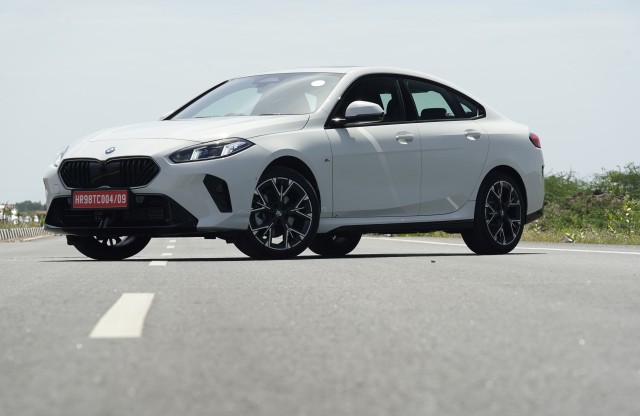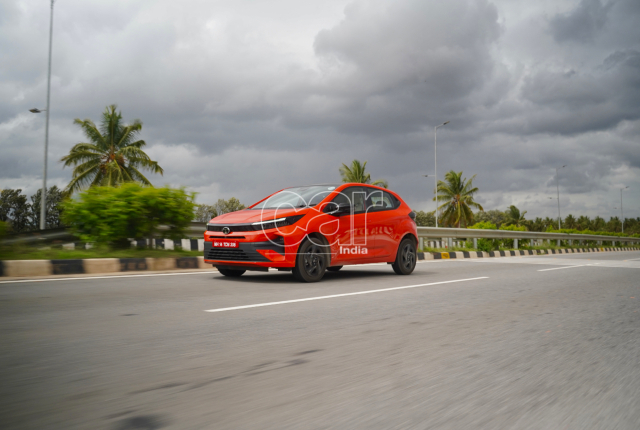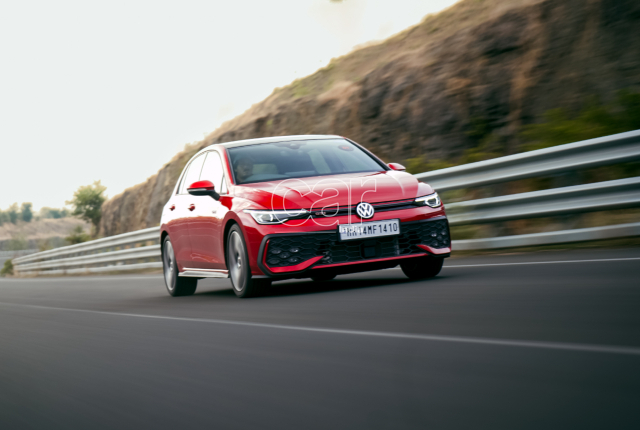Environment-conscious cars come in all shapes and sizes but they have been growing for a while. With tighter norms coming in, the X-Trail Hybrid from Nissan is among the first of the large but clean offerings set to arrive on our shores.
Story: Jim Gorde
Photography: Sanjay Raikar
There was a time when to be a big boy, you had to have your greens. All of ’em. If you didn’t have greens, you wouldn’t be strong and survive in the world. How right that was. The world seems to be growing sick of us and has everyone, big boys and girls included, seriously looking at greener cars, small and large. While, thankfully, we don’t have to deal with an ancient 6.0-litre V8 petrol engine being bolted with a start/stop system to bypass norms, we do have to deal with emission control. Older vehicles being on the road have forced more stringent measures upon newer, cleaner vehicles. At least, we’re starting to get some of the new stuff that had hitherto been denied to us.
With the national capital banning the sale of diesel vehicles with engines having a capacity of over 2,000 cc, there is little manufacturers can do, diesel being a large market, except bringing in more efficient smaller engines or getting in petrol hybrids.
The old X-Trail had become long in the tooth and it is going away, finally. Its replacement is this, the X-Trail Hybrid, with contemporary styling, a spacious interior, and, most importantly, a parallel-hybrid petrol driveline. It brings everything that most people want: looks, size, space, shiny lights, and, of course, fuel economy. The other aspect many consider is the gap closing between petrol and diesel prices. Makes sense to have a petrol engine with back-up, so to speak.
The X-Trail Hybrid then is a smart proposition. The new grille reflects its Nissan lineage, and the proportions are generous, with some butch additions such as the roof-rails and big wheel-arches doing their job of making this seem like serious business quite well. The equipment level is good, too. It has all the essentials when it comes to comfort, safety and connectivity.
The highlight, however, is the parallel-hybrid driveline. It uses Nissan’s trademark one-motor-two-clutch system, called ‘Intelligent Dual Clutch Control’; both engine and motor run separately to reduce friction when at idle. The MR20DD four-cylinder 2.0-litre petrol engine produces 144 PS and 200 Nm. It has been used specifically because it is hybrid driveline-friendly. Basic performance is improved by removing the auxiliary drive belt and using a low-friction oil seal. The high-output lithium-ion battery drives the electric motor: the RM31 unit producing 30 kW (41 PS equivalent) and 160 Nm. The combined output is 185 PS and, when you consider the continuously variable transmission (CVT) handling it all, the drive seems seamless. One of the main benefits of this is a considerable reduction in NOx output; to the tune of 75 per cent, and a claimed efficiency well over 20 km/litre.


